Traditional UPS systems often fail without warning. This leaves you scrambling to fix unexpected downtime and data loss, a reactive and stressful situation for any manager.
A "Smart-UPS" is intelligent because it communicates. It uses software and network connectivity to provide real-time status, advanced battery diagnostics, and proactive alerts, letting you manage your power protection instead of just reacting to failures.
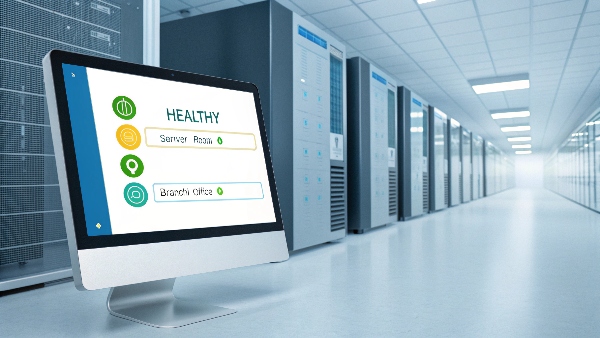
Transition Paragraph:
In my ten years manufacturing UPS systems at Daopulse, the word "smart" has come to mean much more than just a name. It's about control, and increasingly, it's about battery technology. A common question we get is about upgrading. The key insight I always share is this: you cannot directly upgrade a lead-acid UPS to a lithium-ion UPS just by swapping the battery, because the machine's internal structure is completely different. The right battery must be paired with the right machine. Let's explore what these smart systems offer, especially the new lithium models.
What is a Smart-UPS Ultra and Why Does it Use Lithium-Ion?
High-density server racks need massive power protection but have very little space. Bulky, heavy lead-acid UPS systems take up valuable rack units and can exceed floor weight limits.
A Smart-UPS Ultra is a high-power, compact UPS. It uses lithium-ion batteries to deliver up to 10kW of protection in a small, lightweight package. This technology saves critical rack space and makes installation much easier.
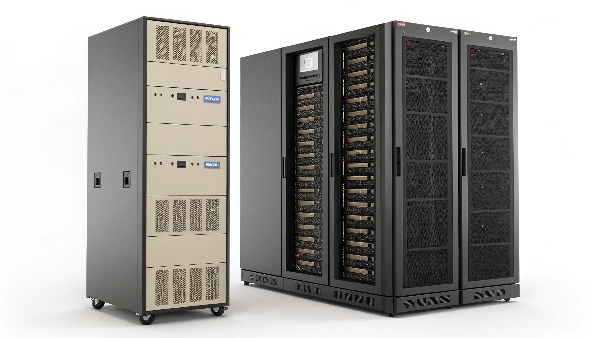
Dive deeper Paragraph:
The key advantage of the Smart-UPS Ultra is power density. In the world of data centers, space is money. We measure this in rack units, or "U". A traditional 10kW UPS built with lead-acid batteries might take up 10U of space and weigh over 200kg. A procurement manager like Mr. Li knows that's a lot of space that could be used for revenue-generating servers. The Smart-UPS Ultra, powered by lithium-ion, can deliver that same 10kW of protection in as little as 3U or 5U and weigh a fraction of that. This is only possible because lithium batteries are so much smaller and lighter than lead-acid for the same amount of energy storage. Furthermore, they run cooler, which reduces the strain on the data center's air conditioning systems. For system integrators designing modern, dense computing environments, the choice is clear. The Ultra's design allows them to maximize computing power per rack while ensuring top-tier, smart power protection.
What are the Benefits of a Single-Phase Lithium-Ion Smart-UPS?
Protecting equipment in network closets or edge computing sites is vital. But lead-acid batteries in these remote locations often fail after just three years, leading to frequent, costly service calls.
The main benefit is a drastically lower Total Cost of Ownership (TCO). A single-phase lithium-ion Smart-UPS lasts up to 10 years, eliminating the cycle of replacing batteries every 3-5 years. This provides a true "set and forget" solution.
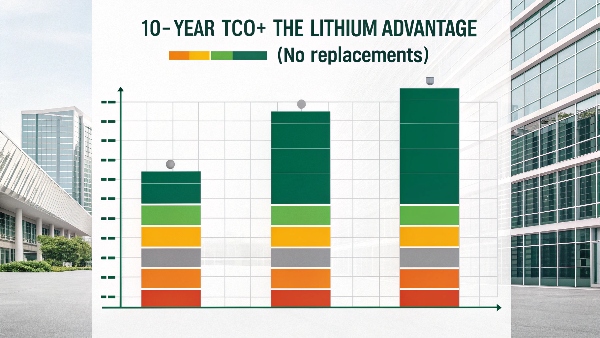
Dive deeper Paragraph:
Let's break down the TCO for a client managing many remote sites. Imagine they have 50 small branch offices, each with a standard lead-acid UPS. Those batteries will need to be replaced in year 3 or 4. That means buying 50 new batteries and paying for a technician to travel to 50 different locations to perform the swap. In year 7, they have to do it all over again. The costs for hardware, labor, and travel add up quickly. Now, imagine they install single-phase lithium-ion Smart-UPS1 units from the start. The initial purchase price is higher, yes. But the UPS will run for 10 years without a single battery replacement. There are no service calls, no travel costs, and no hardware costs in year 3 or year 7. Over the decade, the total investment is significantly lower. Plus, because it's a "Smart-UPS," the IT team can monitor the health and status of all 50 units from a single, central dashboard, reducing management overhead2.
| Cost Factor (Over 10 Yrs) | Lead-Acid UPS | Lithium-Ion UPS |
|---|---|---|
| Initial Purchase | $500 | $1,100 |
| 1st Replacement (Yr 3) | $200 + Labor | $0 |
| 2nd Replacement (Yr 7) | $200 + Labor | $0 |
| Total Estimated Cost | $900 + 2x Labor | $1,100 |
Can I Upgrade My Existing UPS by Switching to LiFePO4 Batteries?
You have a perfectly good UPS, but its lead-acid battery is dying. You want the long life of lithium, but buying a whole new UPS seems wasteful and expensive.
No, you cannot put LiFePO4 batteries into a UPS designed for lead-acid. The internal charging hardware, safety firmware, and battery communication systems are completely different and incompatible.
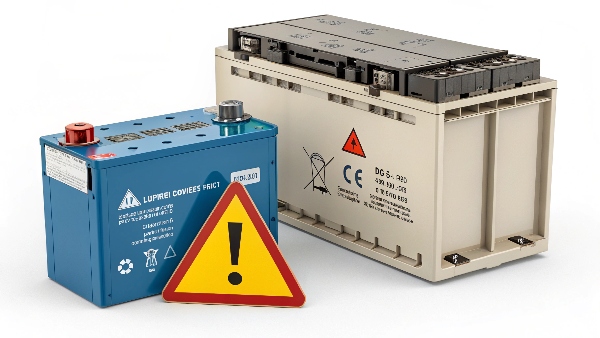
Dive deeper Paragraph:
This is the most critical point I explain to clients. It's not a simple battery swap; it's a fundamental system difference. Here's why. First, the charging method is different. Lead-acid batteries use a "float charge," where the charger provides a constant, low-level current. This would destroy a lithium battery over time. Lithium requires a very specific multi-stage charge profile (Constant Current, then Constant Voltage) and the charger must shut off completely when it's full. Second, a true lithium UPS has to communicate with the battery's brain, its Battery Management System (BMS). Our lithium Smart-UPS systems constantly query the BMS for cell temperature, voltage, and health. This allows the UPS to operate safely and accurately report runtime. A lead-acid UPS doesn't have this communication capability. It just knows the overall voltage. Trying to "upgrade" by just swapping the battery is like putting diesel fuel in a gasoline car. The engine isn't designed for it, and the result will be catastrophic failure.
Why is Replacing SLA Batteries with Lithium a Bad Idea?
You see "drop-in" lithium replacement batteries for sale online. They promise an easy upgrade for your old Sealed Lead-Acid (SLA) UPS, but this is a dangerous shortcut.
It's a very bad idea because the lead-acid UPS charger is fundamentally unsafe for lithium chemistry. It can overcharge the lithium battery, bypassing its internal protections and leading to a dangerous condition called thermal runaway, which can cause a fire.
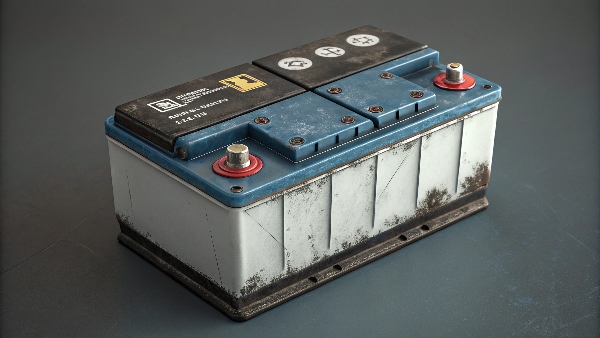
Dive deeper Paragraph:
As an OEM manufacturer committed to safety and quality, this scenario worries me. Those "drop-in" replacements are a huge risk. The problem is the float charge. A lead-acid UPS charger never really turns off. When the battery is full, it keeps applying a small voltage to keep it topped up. For a lithium battery, this is torture. The battery's internal BMS will try to stop the charge, but the UPS charger keeps pushing power. This constant pressure can lead to an imbalance in the lithium cells, causing them to overheat. When a lithium cell overheats, it can enter thermal runaway—a chemical reaction that generates more and more heat until the battery vents hot gas, melts down, or even catches fire. This is why our CE and ISO certified UPS systems are designed as a complete, integrated package. The UPS chassis, the charger, the firmware, and the battery are all engineered and tested together to ensure they operate safely as a single unit. There is no safe "drop-in" substitute.
Conclusion
A Smart-UPS gives you intelligent control over your power. Choosing lithium offers huge long-term value, but always buy it as a complete, certified system. Never swap battery chemistries yourself.

